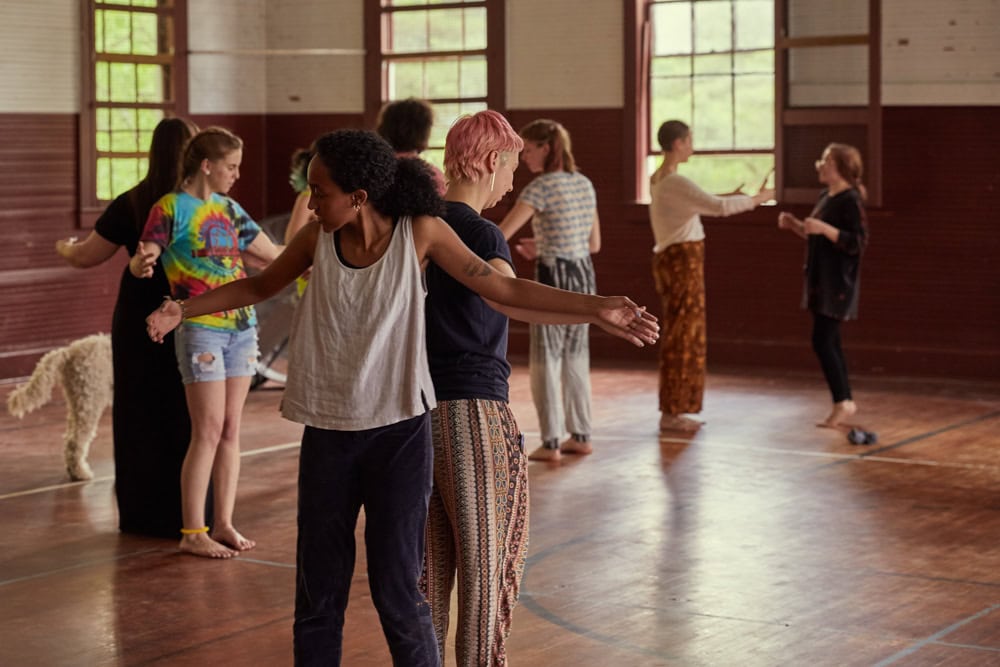
Photo by Suzi Sadler. (All images courtesy School of the Alternative.)
School of the Alternative
P.O. Box 711
Black Mountain, North Carolina 28711
schoolofthealternative.com
Operated by: Acting director Heidi Gruner, a community of volunteer faculty and staff, and board of directors
Opened: 2016
Art school as an institution seems like one of the most inflexible of all the higher education formats–the pressure on the right programs, the right schools. Have you encountered any disbelief about what alternative education can do to expand that very narrow vision?
For some people who are more heavily steeped in institutions, it’s hard to really place what we are, and they spend a lot of energy trying to slip us into a familiar box. We get plenty of positive responses as well, but I think it is a tricky thing to try to explain to someone. It’s a-school-but-not-a-school and a-residency-but-not-a-residency. I often default to talking about how we’ve removed hierarchy as much as is realistically possible, and I think that either piques someone’s interest or initiates an eye roll. People learn about it when we speak in terms of our experience—when we share it in stories, but maybe that’s just the Southern part of me talking. It takes time, but people are more and more receptive.
We’ve had several people who are employed by institutions attend our programming and leave with new ideas on how to better serve their students, so I think that we can begin to permeate the systems in that way, too. I know that’s idealistic, but I try to remain hopeful about this. We’re not trying to be a replacement for your BFA or MFA or even a semester at an institution. We aim to foster a space that nurtures collaboration, sharing of resources, and communal care. I guess we’re really just hoping that folx will leave equipped with the knowledge that we can collectively learn and collectively care for each other, all in the same space.
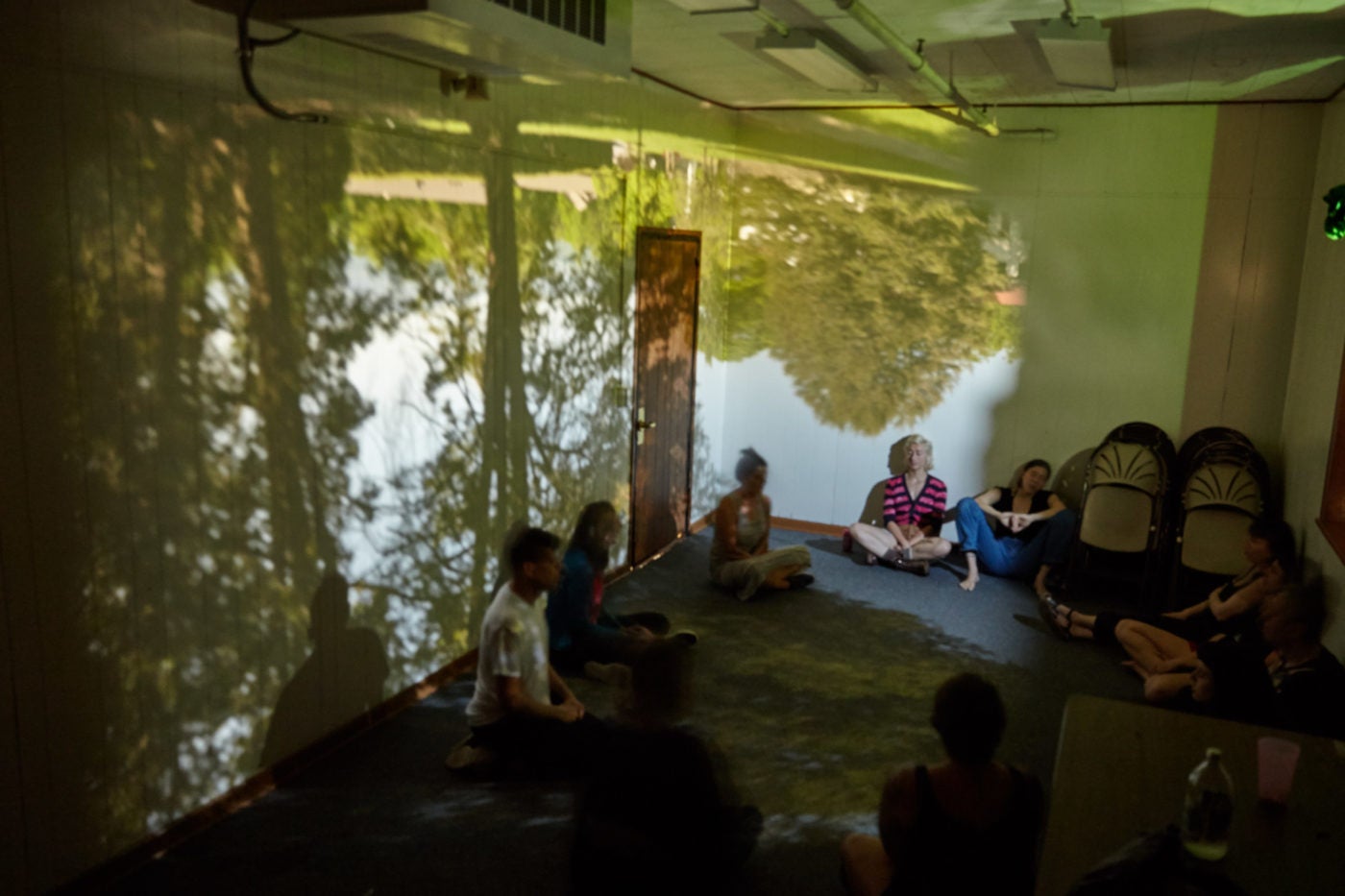
Often, the view of rural South is that it’s very closed, hostile, and unfriendly to outsiders. Besides the affordability of land and space here, what do you think makes the South an attractive place for alternative education efforts such as School of the Alternative (SotA) and the school that inspired it, the original Black Mountain College?
The South can be a difficult place, for sure, but I do think that the South also has so much to offer. I am aware of how this sounds, but there is magic in this place. There is incredible history, and beauty, and palpable energy in Black Mountain, specifically, and on the campus that we inhabit, that’s really hard for me to put into words. It’s also nice that we’re nestled in the woods, providing a sort of escape that I think is an appeal for a lot of people. The ability to tuck into the woods alone or with others is just something that you can’t simulate. Perhaps most importantly, though, we’re accessible to radical folx in the South who want to attend programs similar to ours but might not be in a place where they can travel extensively to get to one. It’s rad seeing how many alternative schools and spaces are popping up in larger cities, but I think the more that are created in less central locations, the more people we can continue to collectively be available and accessible to.
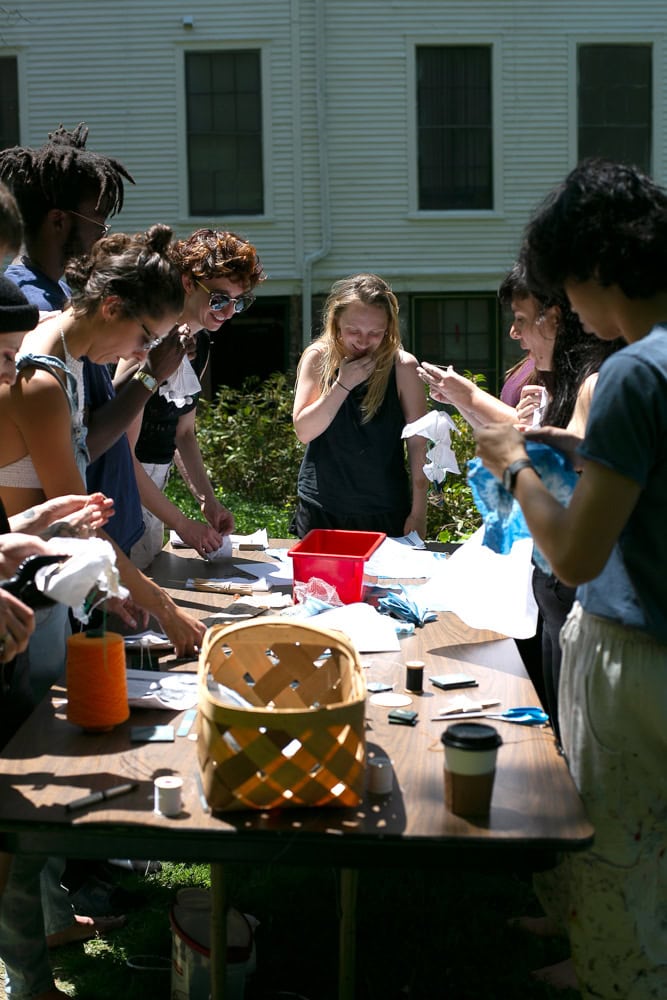
The tricky part is that we do still have to gather people, lots of people do still come from far away, and they have to travel here, to a place that they may not know at all, a place that maybe feels threatening or unsupportive of their identities or beliefs, which is also a reality that we can’t ignore.
Having said all of this, I think if you feel inclined to create a program like SotA (and many others), whether you’re in a rural location or in a large city, you should do it.
The School just finished a three-week session on May 29. What changes in classes, instructors or formatting have you seen since the first session in 2016?
Wow, honestly, so much it’s hard to narrow it down! Classes have really shifted drastically every year: our curriculum is set up as “passion-based learning”, so our classes each year are completely determined by the individuals who apply. We have a rotating review committee that selects classes from the pool of applicants but, essentially, our curriculum is built by the radical folx who apply each year. It’s always super exciting to see the classes flesh out each year—and to be honest, you never really know how they’re going to function in our space until they arrive and you take them. Our class structure has remained the same, though.
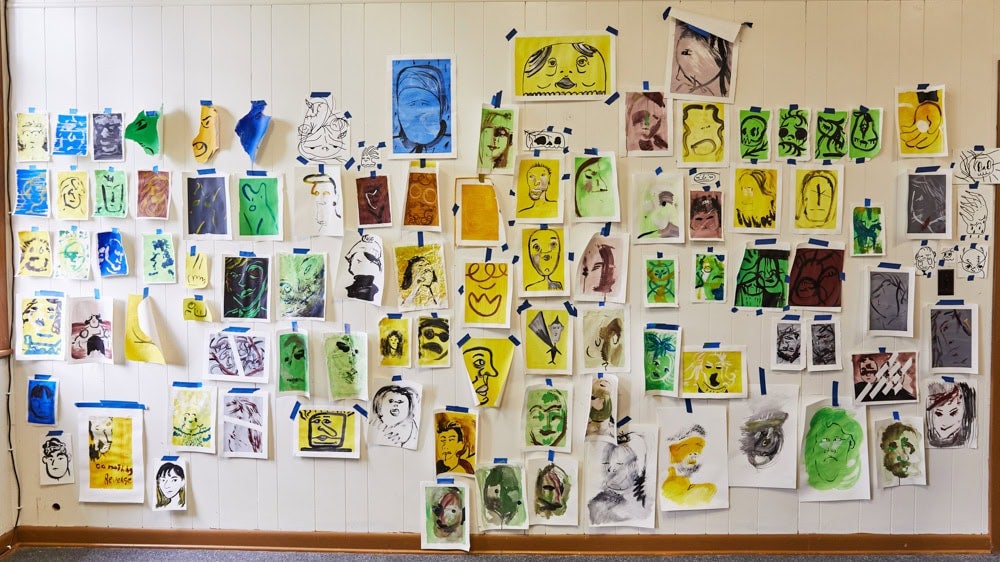
Our first year we had some pretty good press, so we attracted some really incredible faculty, which was, of course, so rad! It has been equally rewarding to see past students come back and attend as teachers, after realizing that they/anyone can teach something that they know and are passionate and excited about.
Our daily structure is pretty similar to when we started. I think that our first year we resisted anything being too rigid or set in stone but have learned through experience that a solid structure is needed in order to create space for us all to be wild within it (and outside of it).
Our community practices and policies have been formed much, much more than they were our first year. We really dove in that first year, and now, having participated in the community, we have set up a lot more ways for our community to feel heard, safe(r), and generally taken care of to the best of our abilities while they’re here. We have a solid community agreement, a living, breathing document that many, many in our community have worked on (it’s grown each year to be both more inclusive and more accessible), we have a “point person” system, in which each member of our community has a person who not only leads their small group orientation when they arrive, but who also has an open hour each day when you can speak with them privately, and who you share a small group meal with midway through the week. We set this up so that folx have a chance to be heard, give feedback as we’re in session, create change in both small groups, large groups, and one-on-one. For me, that’s one of our greatest successes as facilitators and a component of SotA that I’m really proud to continue nurturing.
What are you most anticipating for the 2020 session?
Being even more equipped to take care of our community well. We are learning so much by living this experience every year, and it is terrifying and also incredibly exciting to be learning so much about this work in real time: seeing family again, sharing space with a community who practices collective care in a way that most of us have never seen before. I think we’re all excited to see what classes will be submitted. I look forward to hopefully being able to continue to grow the stipends that we are able to offer our faculty and staff through fundraising, and the amount of scholarships that we are able to offer. Selfishly, I’m also just looking forward to experiencing SotA again in a year; it’s really the best three weeks of the year.
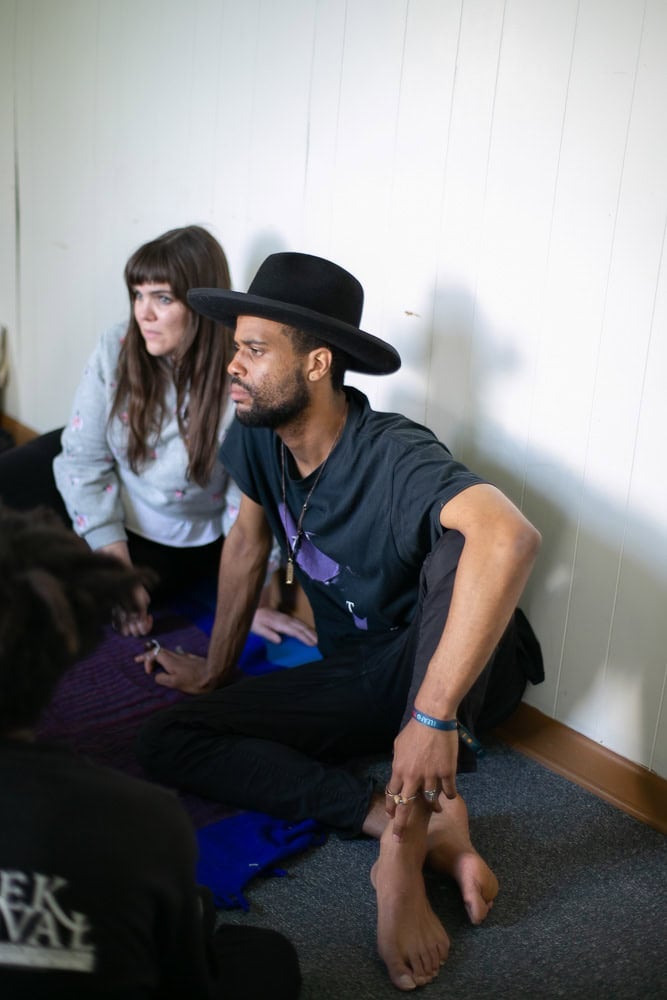
Pioneer Works hosted an Alternative Art School Fair in 2016, which SotA attended. People have been talking about new ways of education for a very long time—the internet was supposed to completely revolutionize schools through online classes, MOOCs, replacing teachers with robots. None of that has happened, and if anything, more pre-internet types of learning are flourishing. What do you think keeps bringing people back to these sort of very traditional work/school/life communal forms?
I think probably safety, familiarity, expectation. I feel presumptuous even attempting to tackle this, but I think that in our capitalistic society institutional education is perceived as such a needed marker (that young people are increasingly borrowing tens to hundreds of thousands of dollars to obtain). And really, institutions have a lot to offer that we can’t offer, but I do think that it’s realistic to imagine a world where folx like us are expanding what’s available, therefore serving people who institutions do not serve.
Picking up and doing the work to create or facilitate or even just be a part of alternative spaces takes not only time from your “life”, but it is also labor. I think when something is as ingrained in our society as the institution of education, it can feel incredibly daunting to even begin to imagine what a world with more alternatives could even look like.
What’s encouraging, though, is that alternative education is still very much not in the mainstream, but these spaces are there, and new ones are being formed pretty regularly. Our friends in New York are offering a free school in a container space that they collectively rent in Bushwick, another SotA alum runs an alternative school called Ellipses Open School and, as you mentioned, the Alternative Art School Fair at Pioneer Works hosted over forty incredible alternative spaces. Other facilitators are starting to reach out to ask about things we maybe have more fleshed out, while offering us advice or help on things that they’re more knowledgable or experienced in. I think if we all, as facilitators, keep talking to each other, and if those who have been a part of these spaces continue to spread the word, it may be a slow-moving, grassroots kind of thing, but awareness of these alternatives is going to continue to spread.
The next session of School of the Alternative will take place in Spring 2020. For more information, please visit their website.




